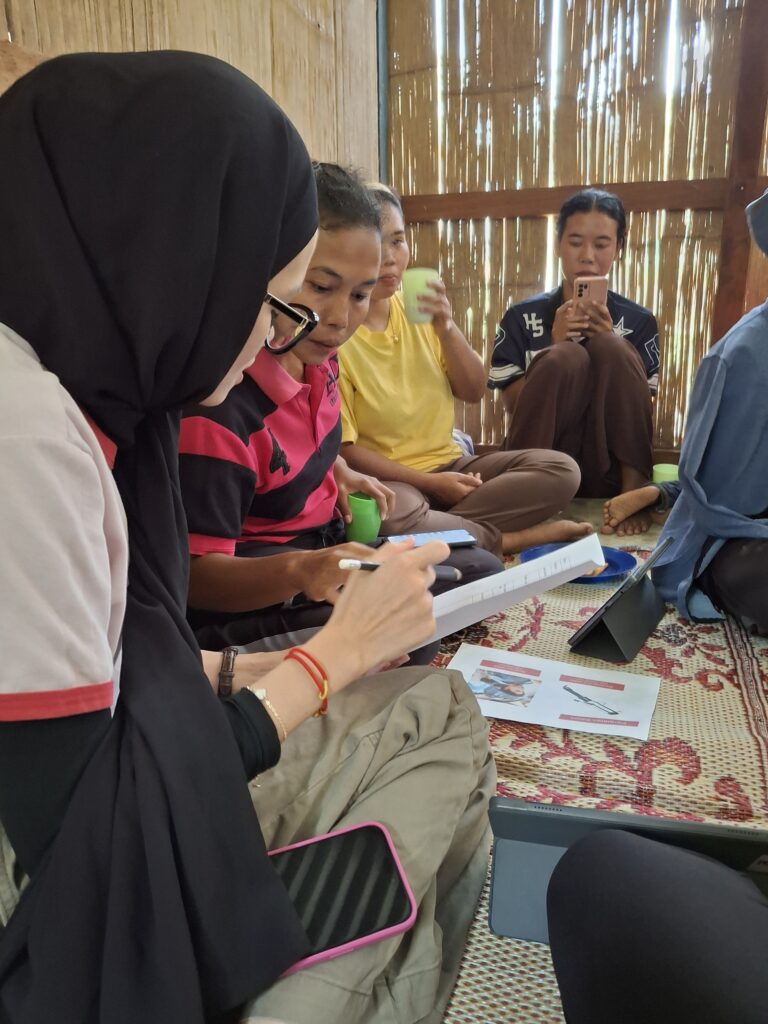From Access to Impact: unlocking livelihood transformation through COMET’s participatory energy simulations
Electricity access is a milestone, not the finish line. Impact begins when communities can turn power into opportunity. Across Africa, Asia, and the Pacific, many commissioned mini-grids struggle to convert connections into income, services, and resilience. Early-life utilisation stays low, revenues underperform, and systems risk under-recovery. The missing piece is deliberate, community-centred demand stimulation—especially for productive use of energy (PUE).
COMET (Community Energy Toolkit) is a participatory, simulation-based platform that makes communities active partners in demand creation. In facilitated, multi-user workshops, households and micro-enterprises trial specific appliances, tariffs, and operating hours, with immediate feedback on expected bills, peaks, and basic system limits. This yields actionable demand-side intelligence—preferred appliances, typical schedules, willingness-to-pay, likely connection sequencing—alongside aligned expectations and tariff literacy that turn access into uptake.
For programme owners and developers, COMET functions as a demand-side front end to PUE. It identifies adoptable use-cases with clear run-times and cost implications, points to enabling measures (customer education, staged connections, appliance-finance partners), and generates planner-ready outputs: hour-by-hour demand curves, indicative bills, and simple operating guardrails. Because the method is workshop-based and lightweight, it fits before roll-out (customer recruitment), during commissioning (PUE acceleration), or as a rehabilitation step for under-utilised assets. This is compatible with diverse delivery models from tenders and results-based facilities common in West and East Africa, to government-led pilots and portfolio upgrades in Southeast Asia and the Pacific.

© Energy Action Partners
A recent deployment in Pos Titom, Malaysia (Kampung Sempar, Kampung Cerewes, Kampung Kemiyan) under the RENDANG project (Innovate UK, ENCAT10) illustrates the approach. Workshops explored enterprise options—grinders, food dryers, welding tools, egg incubators, ice-making—each tested against tariff rules, operating schedules, and indicative monthly costs. Facilitators translated choices into decision-ready inputs for implementers and support partners: hourly demand shapes, expected bills, simple operating rules, targeted education modules, staged connection plans, and candidate appliance-finance linkages. Communities left with concrete pathways to income (including options suited to women and youth), while implementers reduced the risk of early under-utilisation and payment uncertainty.
Across more than 110 communities in six countries, the pattern is consistent: when communities co-create demand, early-life utilisation rises, billed revenue improves, and systems are more resilient. Inclusive planning is not a “soft” add-on; it is the foundation of impact.
We welcome collaboration with all stakeholders—developers, financiers, and public agencies—who want to build PUE in from the start or revive under-performing assets. When people help shape how they will use electricity, power becomes a platform for livelihoods, learning, and care.
Contact: info@cometapp.net | www.cometapp.net
Author:
